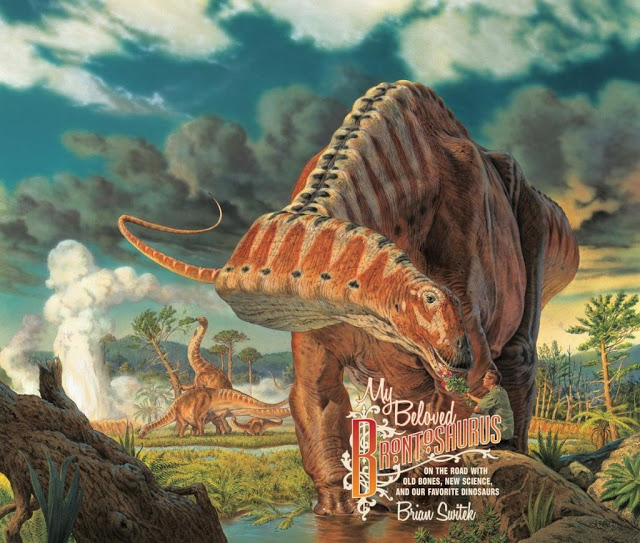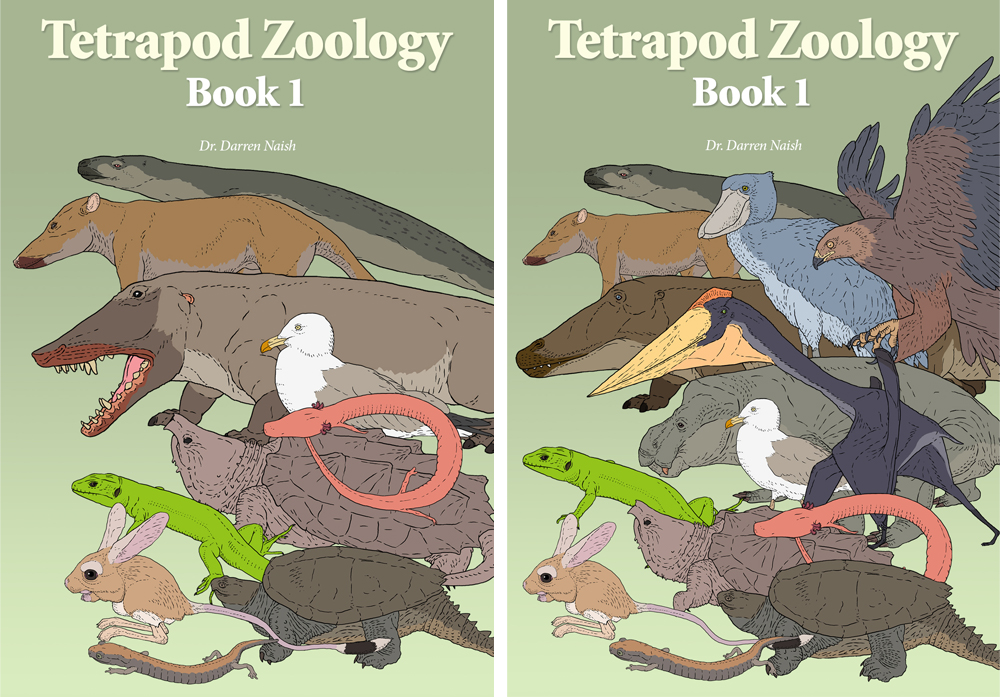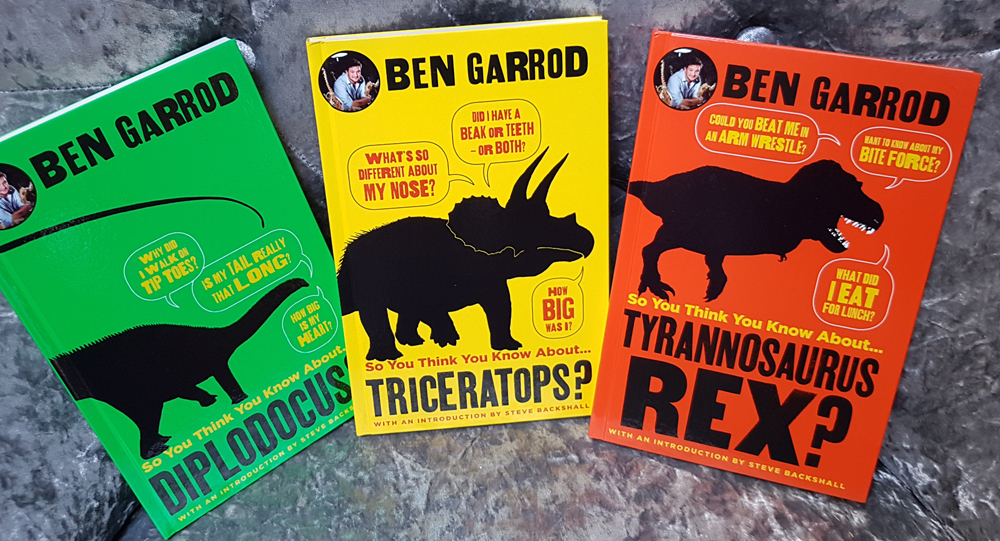2018 has been a pretty busy year here at TetZooTowers, and still there are a list of things set to happen between now and the start of 2019. What’s next on the list? Why, it’s the Zoological Society of London meeting From Stoned Sloths to Farting Fish: Comical Tales From the Animal Kingdom, happening at the ZSL’s Huxley Lecture Theatre on the evening of Thursday November 15th. Oh my god that’s next week.
There will be books.
The event sees me, Dani Rabaiotti, Lucy Cooke and Jules Holland discuss weird and wild stories from the animal kingdom, and in particular how said stories relate to the animal-themed books we’ve published. Dani, as you’ll know, is the highly acclaimed co-author of the insanely successful Does It Fart? as well as its hugely crappy follow-up True or Poo? Lucy recently published the brilliant The Unexpected Truth About Animals (she spoke about this book at TetZooCon 2018). Jules’s recent books are Sex on Earth and Death on Earth. I’ll be talking about dinosaurs and publishing books on them. How on earth can I make that at all humorous? Well, we’ll just see.
Books. Image: Darren Naish.
We’re also signing and selling our books (I’m selling copies of the brand-new second edition of Dinosaurs: How They Lived and Evolved, co-authored with the Natural History Museum’s Paul Barrett… PLEASE BRING CASH), and I believe that we’re having a Q&A session after our talks as well. It should be great fun and I’m looking forward to it.
You have to book for this event (tickets are £5); please go here for further information and booking.
A slide I generated for my talk, showing some (yeah… some) of the dinosaur-themed books I’ve been involved in during my career as a freelancer. What’s the story here? All will be revealed on the 15th. Oh, and I’m talking about dinosaur sex as well. Again.























